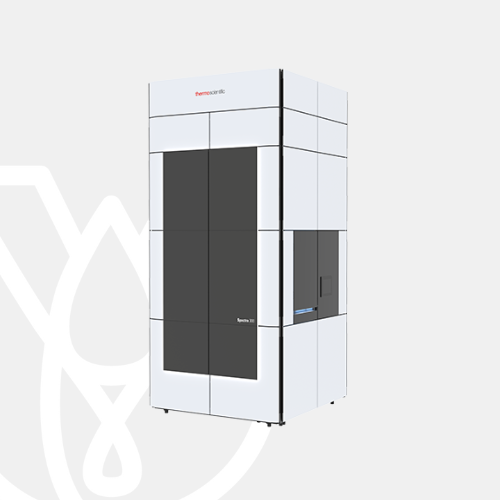
PT Wadya Prima Mulia as the Authorized Distributor for ThermoFisher Scientific in Indonesia, provides Spectra 300 Transmission Electron Microscope
High resolution TEM and STEM microscope for all materials science and semiconductor applications.
For more information regarding the product, click here
Spectra 300 Transmission Electron Microscope
For scientists to advance their understanding of complex samples and develop innovative materials, they must have access to robust, precise instrumentation capable of correlating form and function, as well as resolving space, time and frequency.
Thermo Fisher Scientific introduces the Thermo Scientific Spectra 300 (S)TEM – the highest resolution, aberration corrected, scanning transmission electron microscope for all materials science applications.
Spectra 300 Transmission Electron Microscope advantages
All Spectra 300 (S)TEM’s are delivered on new platforms designed to offer an unprecedented level of mechanical stability and highest imaging quality though passive and (optional) active vibration isolation.
The system is housed in a fully redesigned enclosure with a built-in on-screen display for convenient specimen loading and removal. For the first time, full modularity and upgradeability can be offered between uncorrected and single-corrected configurations with variable heights, allowing maximum flexibility for different room configurations.
High energy resolution sources available on the Spectra 300M
The Spectra 300 (S)TEM can be optionally equipped with either a high-energy-resolution extreme field emission gun (X-FEG)/Mono or an ultra-high-energy resolution X-FEG/UltiMono. The monochromators of both sources are automatically excited and tuned with single-click operation to achieve the highest energy resolution possible on each configuration by using OptiMono or OptiMono+ respectively.
The X-FEG/Mono can be automatically tuned from 1 eV down to 0.2 eV, while the X-FEG/UltiMono can be automatically tuned from 1 eV down to <30 meV.
Both sources can be operated from 30 – 300 kV to accommodate the widest range of specimens. Both can also be run in standard mode, with the monochromators switched off, to accommodate experiments that require high brightness, including STEM EDS mapping, ultra-high-resolution STEM, or high total current, such as TEM imaging, all with no compromise to the other specifications of the system. This flexibility gives the Spectra 300 (S)TEM the capability to function in settings where a large range of experiments are expected to be performed on one system.
Also configurable with the ultra-high brightness X-CFEG source
The Spectra 300 (S)TEM can optionally be powered by a new cold field emission gun (X-CFEG). The X-CFEG has extremely high brightness (>>1.0 x 108 A/m2/Sr/V*), low energy spread (<0.4 eV), and can operate from 30 – 300 kV. This provides simultaneously high-resolution STEM imaging with high probe currents for high throughput, fast acquisition STEM analytics in parallel with high-energy resolution. With the powerful combination of X-CFEG and the S-CORR probe aberration corrector, sub-Angstrom (<0.8 Å) STEM-imaging resolution with over 1000 pA of probe current can be routinely achieved.

Further, probe currents can be flexibly tuned from <1 pA up to the nA range with fine control of the gun and condenser optics, all with minimum impact on the probe aberrations, so that the widest range of specimens and experiments can be accommodated.
As with all cold field emission sources, the sharp tip requires a periodic regeneration (called flashing) to maintain the probe current. With the X-CFEG, the tip only requires flashing once per working day, a process takes less than a minute. There is no measurable impact on the probe aberrations even in the highest resolution imaging conditions, and the daily tip flashing process has no impact on the tip lifetime.
This new generation X-CFEG also produces enough total beam current (>14 nA) to support standard TEM imaging experiments (e.g. in situ) with large parallel probes, making it a uniquely all-purpose, yet high performance, C-FEG.
Adding to the flexible nature of the X-CFEG is the capability to adjust the energy resolution by varying the extraction voltage.
In the example below, the energy resolution was adjusted between 0.39eV, with <500pA of probe current and 0.31eV, with >300pA of probe current. Maintaining high probe currents with high energy resolution allows for detailed analysis of Energy Loss Near Edge Structure (ELNES) analysis without the need for a monochromator on core loss edges. The spatial resolution, as demonstrated in the HAADF image of DyScO3, remains unaffected (in this case <63pA) which means that STEM EELS experiments with simultaneously high spatial resolution, energy resolution and signal to noise ratio can now be performed.
The lifetime of the tip is unaffected by the extraction voltage chosen to perform the experiment.

Providing the highest resolution STEM imaging performance
The combination of enhanced mechanical stability, the latest 5th-order probe aberration correction and the high-resolution (S-TWIN) wide-gap pole piece results in an instrument with the highest commercially-available STEM resolution specifications.
The Spectra 300 (S)TEM, with X-FEG/Mono or X-FEG/UltiMono, offers STEM resolution specifications of 50 pm at 300 kV, 96 pm at 60 kV and 125 pm at 30 kV with 30 pA of probe current or 100 pA with the X-CFEG.

Unprecedented sensitivity with the Panther STEM detection system
Ultra-high resolution HAADF STEM imaging on a Spectra 300 (S)TEM. GaN[212] imaged at 300 kV with 40.5 pm Ga-Ga dumbells resolved as well as 39 pm resolution in the FFT. The image was collected on a wide gap S-TWIN pole piece with 30 pA of probe current.

The entire signal chain is optimized and tuned to provide unprecedented signal-to-noise imaging capability with extremely low doses to facilitate imaging of beam sensitive materials. Additionally, the completely redeveloped data acquisition infrastructure can combine different individual detector segments, with the future possibility of combining detector segments in arbitrary ways, generating new STEM imaging methods and revealing information that is not present in conventional STEM techniques. The architecture is also scalable and provides an interface to synchronize multiple STEM and spectroscopic signals.


Advanced STEM imaging capabilities
The Spectra 300 (S)TEM can be configured with an electron microscope pixel array detector (EMPAD) or a Thermo Scientific Ceta Camera with speed enhancement to collect 4D STEM data sets.
The EMPAD is capable of 30-300 kV and provides a high dynamic range (1:1,000,000 e- between pixels), high signal-to-noise ratio (1/140 e-), and high speed (1100 frames per second) on a 128 x 128 pixel array, which makes it the optimal detector for 4D STEM applications. (E.g. Applications where the details of the central and diffracted beams need to be analyzed simultaneously, as in the following ptychography image.)
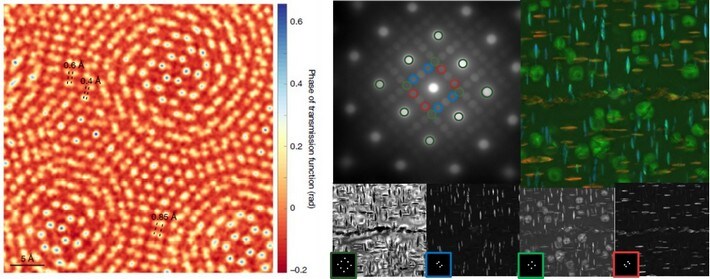
The Ceta Camera with speed enhancement offers an alternative for 4D STEM applications where a greater number of pixels is required and when EDS analysis needs to be combined with each point in the STEM scan. This solution provides higher resolution diffraction patterns (up to 512 x 512 pixel resolution), suited for applications such as strain measurement.
Spectroscopic flexibility with the Spectra 300 (S)TEM
From high-throughput, high signal-to-noise ratio elemental mapping in EDS and EELS to oxidation state and surface phonon probing with ultra-high-resolution EELS, the Spectra 300 (S)TEM offers the spectroscopic flexibility to accommodate the widest range of analytical requirements.
The Spectra 300 (S)TEM can be configured with your choice of three different sources with varying energy resolution (X-FEG Mono, X-FEG UltiMono, and X-CFEG), two different EDS detector geometries (Super-X and Dual-X), and a range of Gatan Continuum spectrometers and energy filters, providing you with the freedom to configure the systems to suit your research needs.
The Thermo Scientific EDS detector portfolio provides a choice of detector geometries to suit your experimental requirements and optimize EDS results. Both configurations have a symmetric design, producing quantifiable data. Note that holder shadowing as a function of tilt is compensated in both detector configurations via built-in Thermo Scientific Velox Software functionality.
The Spectra 300 (S)TEM can be configured with either Super-X (for spectrum cleanliness and quantification) or Dual-X (for the largest solid angle and high-throughput STEM EDS mapping).
The Super-X detector system provides a highly collimated solid angle of 0.7 Sr and a Fiori number greater than 4000. Super-X is designed for STEM EDS experiments, where spectral cleanliness and quantification are critical.
The Dual-X detector system provides a solid angle of 1.76 Sr and a Fiori number greater than 2000. Dual-X is designed for high-throughput STEM EDS experiments, such as EDS tomography, or when signal yield is low and fast mapping is critical.
A DyScO3 perovskite system is examined with the Dual-X detectors below. The ultra-high brightness (>>1.0 x 108 A/m2/Sr/V*) of the X-CFEG and the resolving power of the S-CORR probe corrector are used to deliver a probe to the specimen with 150 pA of current and size <80 pm. With these high brightness probe conditions, EDS mapping can be done rapidly with high sampling and a high signal to noise ratio, resulting in, for the first time, sub-Angstrom spatial information in a single elemental, raw, and unfiltered EDS map. A fast Fourier transform of the Sc map shows up to 90 pm resolution. Additionally, the built-in EDS quantification engine in the Velox Software makes STEM EDS on Spectra 300 (S)TEM fast, easy and quantifiable.

DyScO₃ specimen investigated with the powerful combination of ultra-high brightness X-CFEG, S-CORR and the large solid angle (1.76 Sr) of the Dual-X detectors, resulting in high signal-to-noise ratio, atomic resolution (up to 90 pm), unfiltered EDS maps (Sample courtesy Professor L.F. Kourkoutis, Cornell University).

A Spectra 300 configured with an X-FEG UltiMono provides the highest possible energy resolution. This configuration is capable of tuning the energy resolution between <0.025 eV and 1 eV.


In situ capabilities of the Spectra 300 (S)TEM
The Spectra 300 (S)TEM accepts a wide range of holders for in situ experiments with its all-in-one S-TWIN wide-gap pole piece. The Thermo Scientific NanoEx holder family can be seamlessly integrated with the microscope, enabling MEMS device-based heating for atomic imaging at elevated temperatures. Below, gold nanoparticles are heated to 700 degrees Celsius and the resulting motion is captured simultaneously with full frame 4k by 4k pixel resolution at a rate greater than 30 frames per second on a Thermo Scientific Ceta Camera with speed enhancement. The result is high spatial and temporal resolution of highly dynamic molecular behavior.
| Image corrector | • Energy spread: 0.2–0.3 eV • Information limit: 60 pm • STEM resolution: 136 pm |
| Probe corrector | • Energy spread: 0.2–0.3 eV • Information limit: 100 pm • STEM resolution: 50 pm (125 pm @ 30 kV) |
| Uncorrected | • Energy spread: 0.2–0.3 eV • Information limit: 100 pm • STEM resolution: 136 pm |
| X-FEG/monochromator double corrected (probe+image corrector | • Energy spread: 0.2–0.3 eV • Information limit: 60 pm • STEM resolution: 50 pm (125 pm @ 30 kV) |
| X-CFEG double-corrected (probe+image correction) | • Energy spread: 0.4 eV • Information limit: 70 pm • STEM resolution: 50 pm (136 pm @ 30 kV) |
| Source | • X-FEG Mono: High-brightness Schottky field emitter gun and monochromator with a tunable energy resolution range between 1 eV and <0.2 eV • X-FEG UltiMono: High-brightness Schottky field emitter gun with ultra-stable monochromator and accelerating voltage with a tunable energy resolution range between 1eV and <0.03 eV • X-CFEG: Ultra-high brightness with an intrinsic energy resolution of <0.4 eV • Flexible high-tension range from 30 – 300 kV |
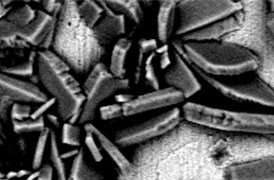
Process control using electron microscopy
Modern industry demands high throughput with superior quality, a balance that is maintained through robust process control. SEM and TEM tools with dedicated automation software provide rapid, multi-scale information for process monitoring and improvement.
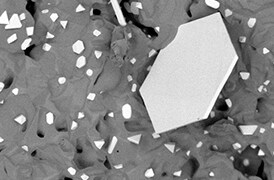
Quality control and failure analysis
Quality control and assurance are essential in modern industry. We offer a range of EM and spectroscopy tools for multi-scale and multi-modal analysis of defects, allowing you to make reliable and informed decisions for process control and improvement.
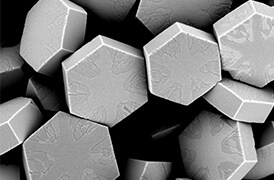
Fundamental Materials Research
Novel materials are investigated at increasingly smaller scales for maximum control of their physical and chemical properties. Electron microscopy provides researchers with key insight into a wide variety of material characteristics at the micro- to nano-scale.
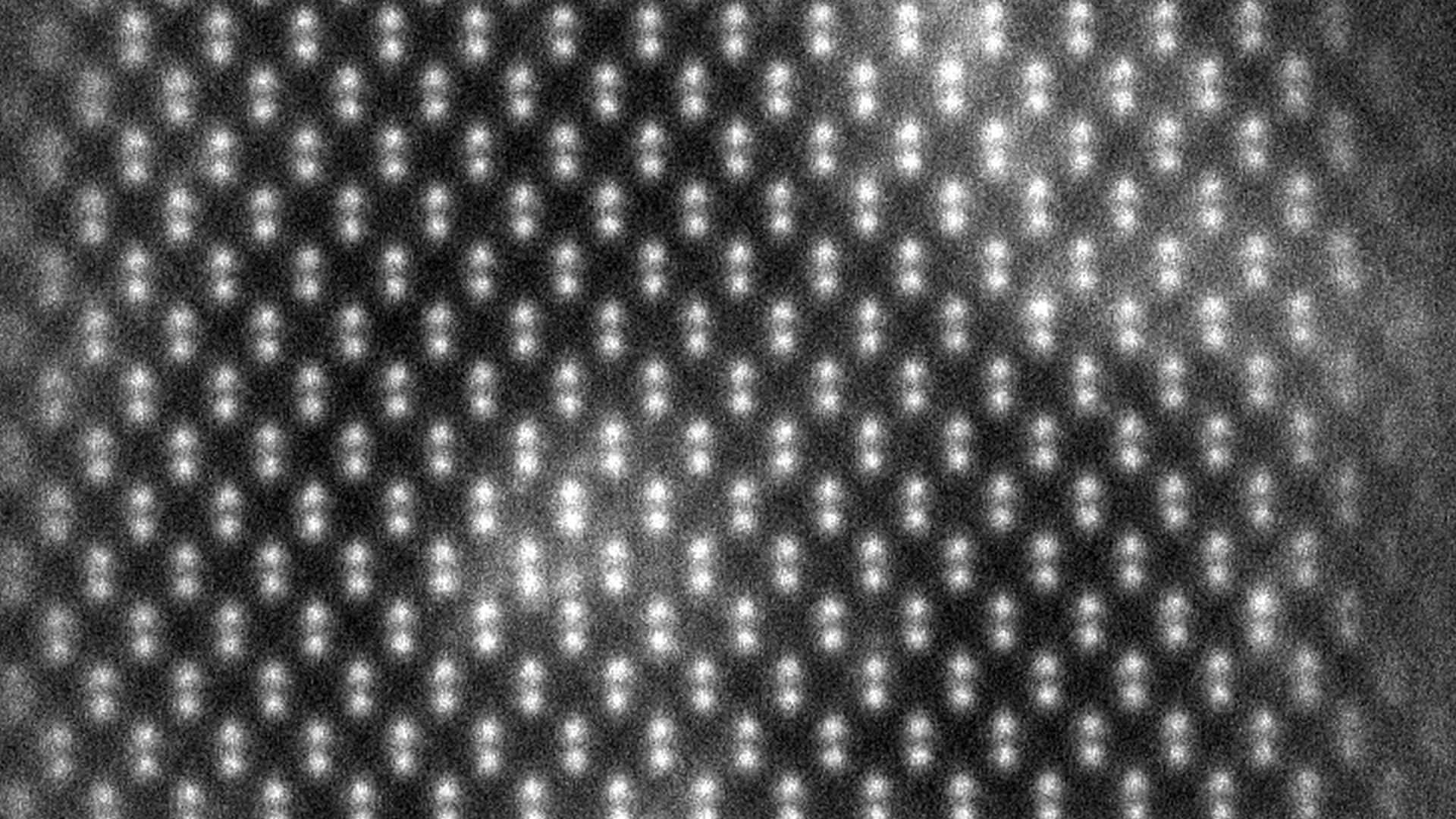
Semiconductor research and development
Innovation starts with research and development. Learn more about solutions to help you understand innovative structures and materials at the atomic level.
For other products from ThermoFisher, click here.
